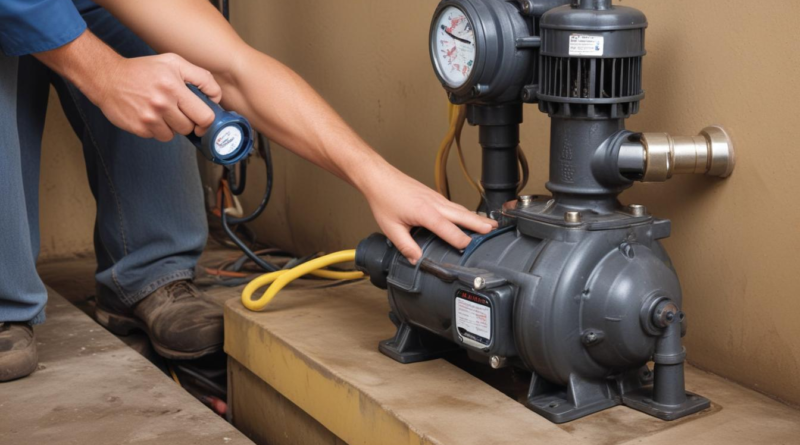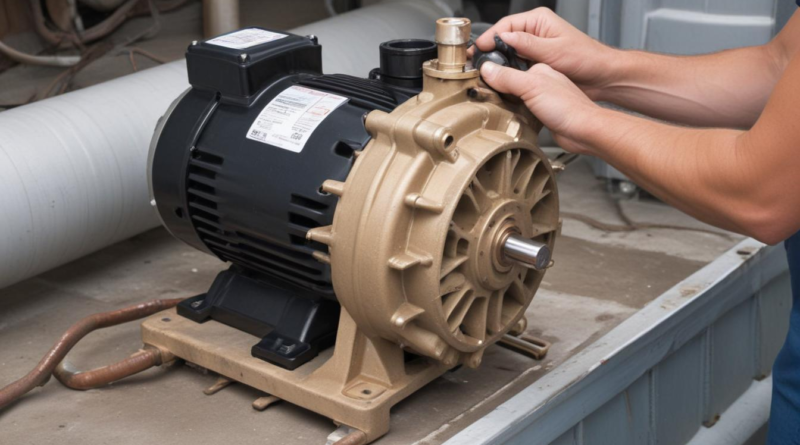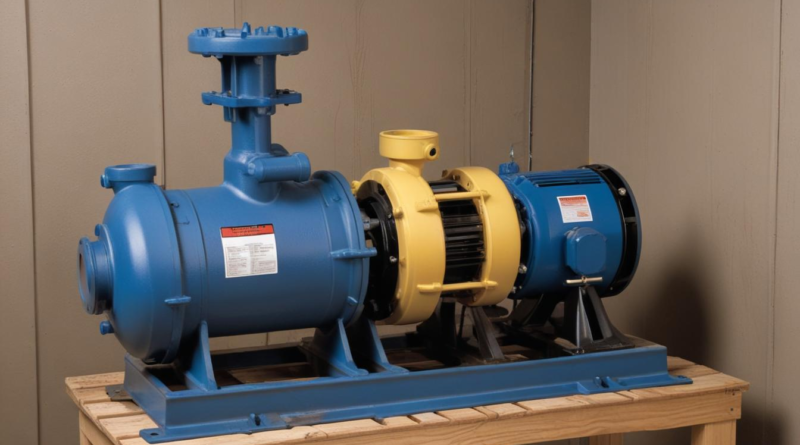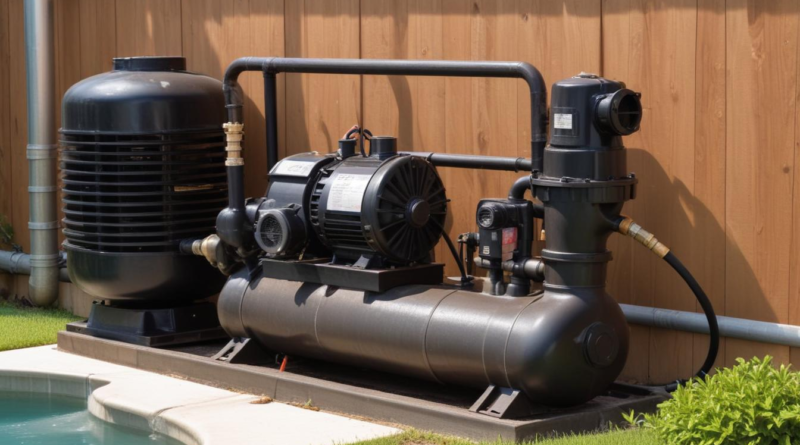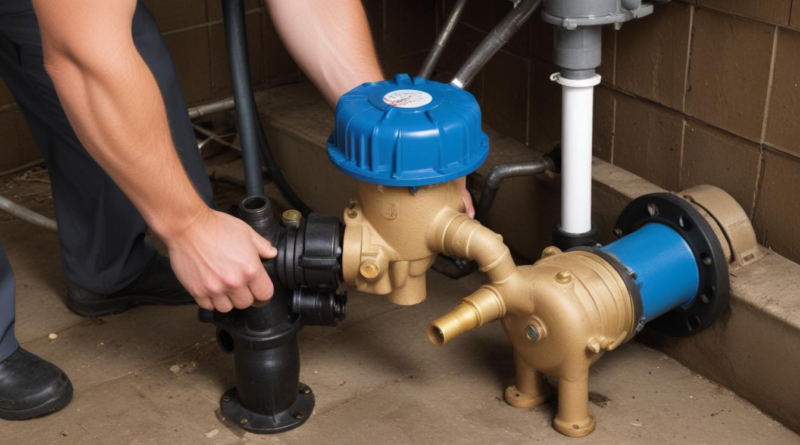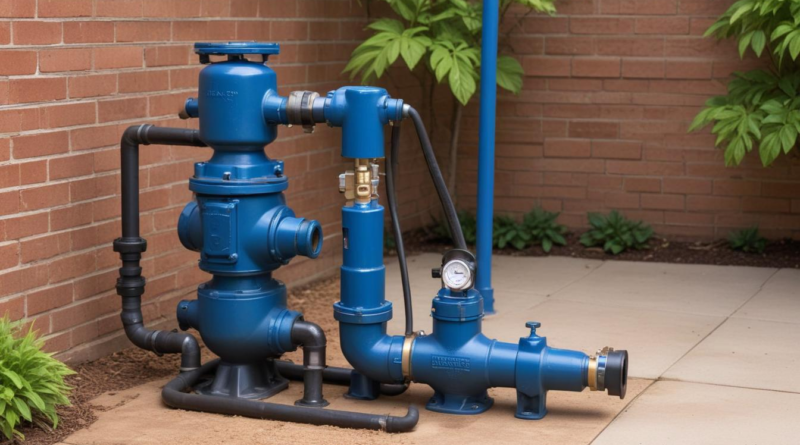how to troubleshoot pump electrical issues
Pump electrical issues can significantly impact performance and longevity. Common problems include motor failures, overheating, tripped breakers, erratic operations, unusual noises, and intermittent functionality. Effective troubleshooting involves identifying specific symptoms, ensuring a stable power supply, inspecting electrical components, and addressing wiring and control system faults. Adhering to safety protocols is essential to maintain optimal pump operation and prevent costly downtime. Understanding these electrical challenges is key to sustaining reliable and efficient pumping systems.
Read More
